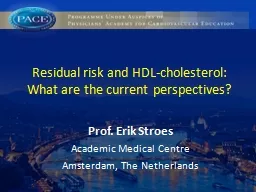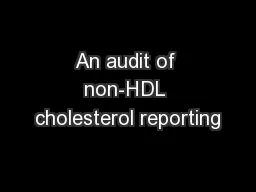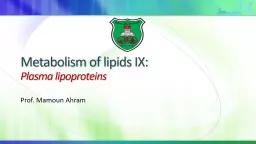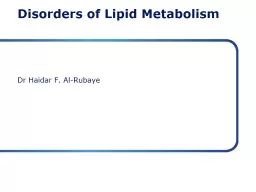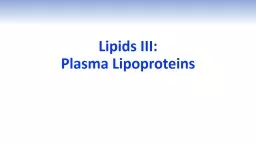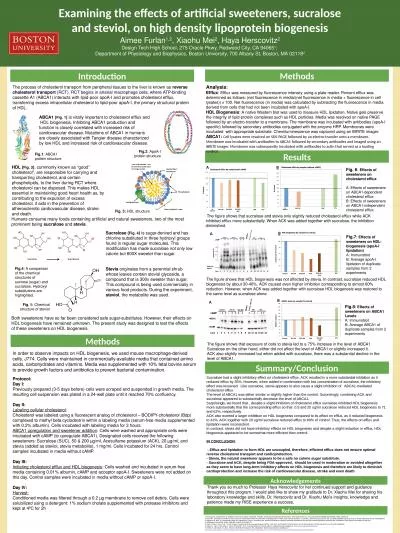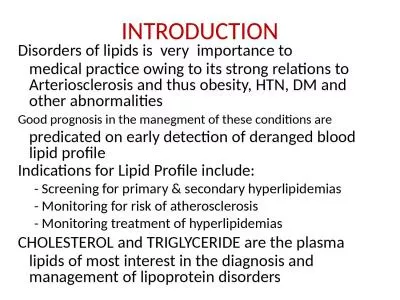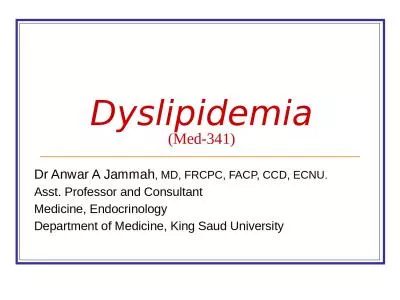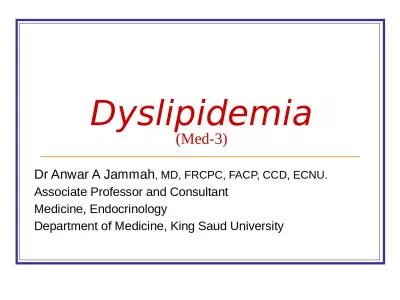PPT-Residual risk and HDL-cholesterol:
Author : bitsy | Published Date : 2022-06-28
What are the current perspectives Prof Erik Stroes Academic Medical Centre Amsterdam The Netherlands Is There a Therapeutic Need Beyond LDL Lowering 1 Heart
Presentation Embed Code
Download Presentation
Download Presentation The PPT/PDF document "Residual risk and HDL-cholesterol:" is the property of its rightful owner. Permission is granted to download and print the materials on this website for personal, non-commercial use only, and to display it on your personal computer provided you do not modify the materials and that you retain all copyright notices contained in the materials. By downloading content from our website, you accept the terms of this agreement.
Residual risk and HDL-cholesterol:: Transcript
Download Rules Of Document
"Residual risk and HDL-cholesterol:"The content belongs to its owner. You may download and print it for personal use, without modification, and keep all copyright notices. By downloading, you agree to these terms.
Related Documents

